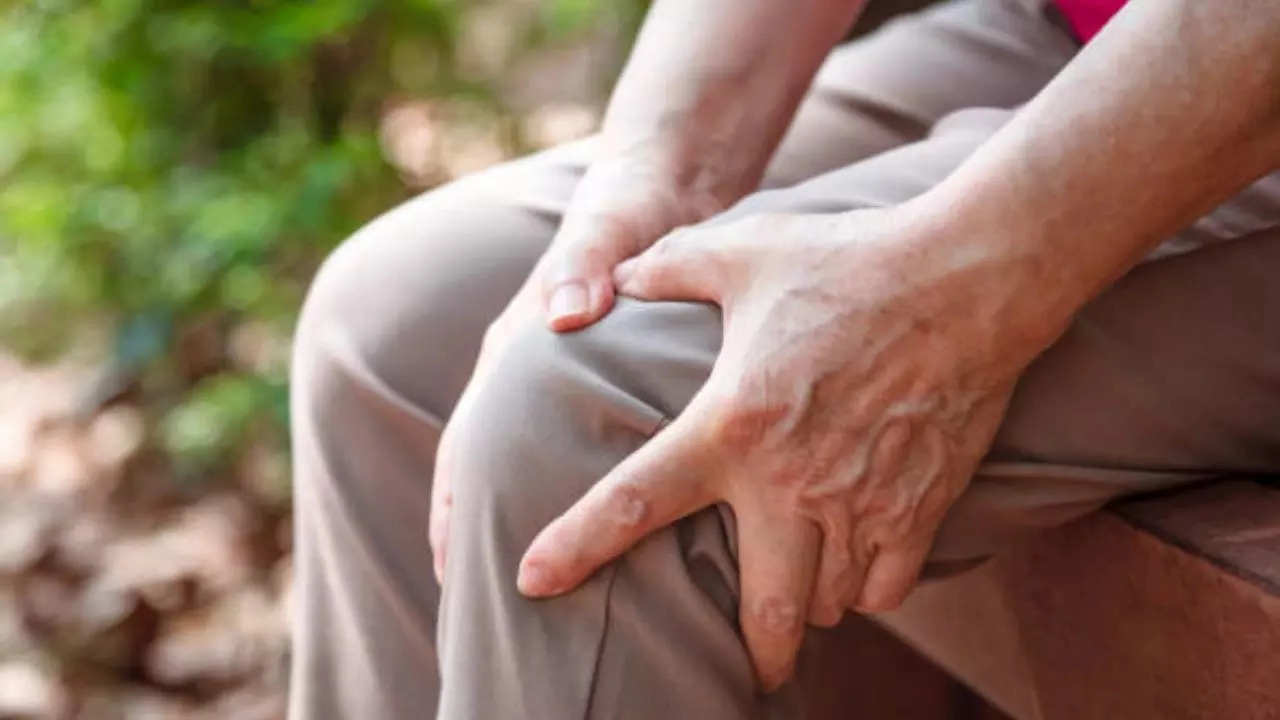News
Say Goodbye To Winter Joint Pain! Try These Essential Relief Tips Today

Say Goodbye To Winter Joint Pain! Try These Essential Relief Tips Today (Image Credits: iStock)
As the temperature drops, many people experience increased joint pain and stiffness, particularly those with arthritis or previous joint injuries. Cold weather can exacerbate joint discomfort due to changes in air pressure, reduced physical activity, and the natural tendency to remain indoors. Fortunately, there are effective ways to manage and reduce winter-related joint pain. Leading experts Dr Abhijit Agashe, Consultant Orthopedic at Sahyadri Super Speciality Hospital in Pune, and Dr Sandeep Yadav, Rheumatologist at P.D. Hinduja Hospital in Mumbai, share valuable tips to keep your joints healthy this season.
Why Winter Increases Joint Pain
Winter can be challenging for joint health, as cold weather often leads to reduced physical activity, which stiffens joints. Cold temperatures also affect blood circulation, tightening muscles surrounding the joints and limiting flexibility, intensifying pain. According to Dr Yadav, "Seasonal variations in arthritis symptoms have been documented for centuries. For those with arthritis, age-related wear and tear, or previous injuries, winter often worsens joint stiffness and discomfort."Dr Agashe explains that the cold air reduces barometric pressure, causing tissues to expand and leading to heightened sensitivity and joint pain. Addressing these seasonal effects on joints starts with two principles: keeping joints warm and moving.
Expert Tips for Managing Joint Pain in Winter
1. Keep Joints WarmStaying warm can help reduce joint pain. Dress in layers and wear thermal gloves, socks, or knee covers if specific joints feel cold. "Local warmth application, like using heating pads, warm baths, or even rubefacients (warm oils) after hot fomentation, can relax stiff joints," advises Dr Agashe. This extra warmth helps increase blood flow, improving flexibility and reducing stiffness.
2. Stay Active with Low-impact Exercises
Maintaining mobility is crucial for joint health. "Engaging in daily activities like household chores, cooking, or light shopping can keep joints flexible, especially in older adults," Dr. Yadav says. Low-impact exercises such as walking, gentle stretching, or indoor swimming can improve joint mobility without causing strain. Dr. Agashe adds that physical therapy exercises designed to strengthen muscles around joints offer added support, reducing strain on joints.
3. Stretch Daily
Stretching is especially helpful for reducing stiffness. Dr Yadav recommends a routine of simple stretches involving all major joints for 10–15 minutes daily. "Incorporating yoga or Pilates can further maintain muscle flexibility and joint mobility, essential for managing stiffness," he says.
4. Eat a Joint-Healthy Diet
A diet rich in anti-inflammatory nutrients can reduce joint pain. Omega-3 fatty acids found in fish, nuts, and seeds have been shown to decrease inflammation. "Vitamin D levels often drop in winter, so it’s beneficial to discuss supplementation with a doctor," advises Dr Agashe. Antioxidants from fruits and vegetables also help fight inflammation and support overall joint health.
5. Stay Hydrated
Proper hydration is essential for joint lubrication. Even in colder months, staying hydrated maintains the synovial fluid around joints, which is vital for smooth, pain-free movement. “Dehydration can worsen joint pain, so make sure you’re drinking plenty of water each day,” says Dr. Agashe.
6. Manage Your Weight
Extra weight puts additional stress on weight-bearing joints, such as the hips and knees. Maintaining a healthy weight through diet and regular exercise can ease joint pain and prevent further damage. This is especially beneficial for those with arthritis or a history of joint injuries.
7. Use Local Heat Therapy
Applying a heating pad or taking a warm bath before bed can help relieve early morning stiffness in the winter. Dr Yadav suggests heat therapy as a simple and effective way to alleviate stiffness, especially when combined with morning stretches.
8. Follow Medications as Prescribed
For those with arthritis, adhering to prescribed medications is essential for reducing inflammation and controlling pain. Dr Yadav emphasizes, “Consistency with medication can prevent inflammation in affected joints and is the single most important factor in managing joint pain during winter.”
9. Practice Mind-Body Techniques
Mind-body techniques like yoga and meditation improve flexibility, alleviate joint pain, and reduce stress, which can sometimes increase pain perception. “These practices are beneficial not only for physical flexibility but also for managing the mental aspects of pain,” says Dr Agashe.
10. Consult a Specialist for Advanced Treatments
If joint pain worsens or is accompanied by other symptoms like swelling, redness, or warmth around the joints, it’s essential to seek medical advice. Doctors may recommend advanced treatments, including prescription medications or joint injections, depending on the severity of the pain.
Get Latest News Live on Times Now along with Breaking News and Top Headlines from Health and around the world.
Our Blogs
Our Recent News

A Yummy, Three-Ingredient Dinner That Can Prevent Alzheimer's Disease, According To A Neurologist
MIND Diet focuses on plant-based foods and provides more polyphenols which are a type of antioxidant...

CDC Reports Low Flu and COVID Vaccination Rates This Season; Know Why The Vaccines Are Important
CDC Reports Low Flu and COVID Vaccination Rates This Season Photo : iStock According to a new report...

Canada Reports Its First Case Of Clade I Mpox, Here’s What You Should Know About The Strain
Canada Reports Its First Case Of Clade I Mpox Photo : iStock The Public Health Agency of Canada (PHA...

